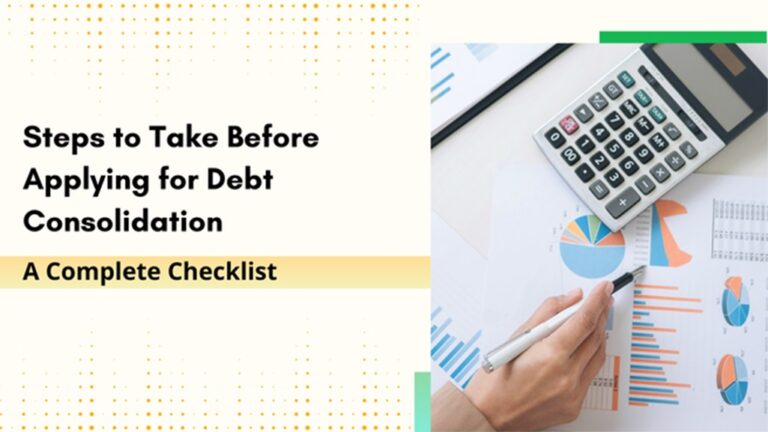Managing employees, payroll, benefits, and compliance can be challenging for many businesses, especially small to medium-sized companies. If you’re asking yourself, what is a PEO?, you’re about to discover a solution that can simplify these complex HR tasks. This article will explain what a Professional Employer Organization (PEO) is, how it works, and why many businesses choose to partner with PEOs to optimize their workforce management.
What Is a PEO?
A Professional Employer Organization (PEO) is a company that provides outsourced human resources services to businesses through a co-employment arrangement. This means the PEO shares certain employer responsibilities with your company. The PEO handles administrative duties such as payroll, employee benefits, tax compliance, and risk management, while your business maintains control over daily operations and employee supervision.
By partnering with a PEO, businesses can offload time-consuming HR tasks to experts, freeing up resources to focus on growth and operations.
To learn more, visit what Is a PEO.
How Does a PEO Work?
When you engage with a PEO, they become the employer of record for your employees in terms of payroll taxes and benefits administration. The PEO manages:
- Payroll processing and tax filings
- Employee benefits administration, including health insurance and retirement plans
- Compliance with employment laws and regulations
- Workers’ compensation and workplace safety programs
- Human resources support such as recruiting, training, and employee relations
Despite this, your company continues to direct employees’ day-to-day work and overall business decisions.
Benefits of Partnering With a PEO
Understanding what a PEO is reveals many advantages for businesses:
- Access to Better Benefits
PEOs pool employees from multiple businesses, enabling access to group health insurance and retirement plans with more competitive rates. - Compliance Assurance
Employment laws are complex and constantly evolving. PEOs ensure your business stays compliant, reducing risks of fines or lawsuits. - Time and Cost Efficiency
Outsourcing payroll and HR functions saves time and reduces administrative costs. - Risk Management
PEOs handle workers’ compensation claims and workplace safety, minimizing liability. - Expertise and Support
Gain access to HR professionals who provide guidance on employee management and legal compliance.
Who Should Use a PEO?
PEOs are ideal for:
- Small to mid-sized businesses without a dedicated HR team
- Startups needing scalable HR solutions
- Companies expanding into new regions with different regulations
- Businesses with seasonal or temporary workforce needs
If your business fits these profiles, a PEO can provide valuable support.
The Co-Employment Relationship Explained
A defining feature of PEOs is the co-employment model. The PEO shares employer responsibilities, handling payroll, benefits, and compliance, while your business retains control over employee supervision and daily operations. This shared responsibility allows you to benefit from professional HR services without losing managerial authority.
How to Choose the Right PEO
Selecting the best PEO involves evaluating:
- Reputation and industry experience
- Services offered to meet your needs
- Technology platforms for ease of use
- Transparent pricing and contracts
- Quality of customer service
Careful selection ensures a successful partnership.
Is a PEO Right for Your Business?
If HR management, payroll, and compliance are weighing down your resources, a PEO might be the solution. Partnering with a PEO reduces administrative burdens, enhances benefits, and lowers risks.
In essence, a Professional Employer Organization (PEO) is a strategic partner helping businesses manage employee-related tasks efficiently. For further details, visit what Is a PEO.
Conclusion
Understanding what a PEO is empowers you to make informed decisions about HR management. PEOs offer streamlined payroll processing, expert compliance assistance, access to quality benefits, and overall operational relief.
If you want to focus more on growing your business and less on administrative tasks, consider partnering with a PEO. Explore your options today and discover how a PEO can benefit your business.





